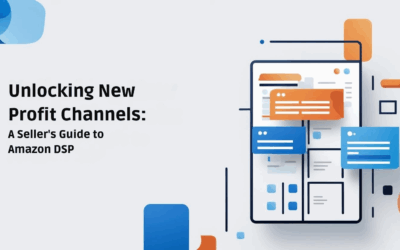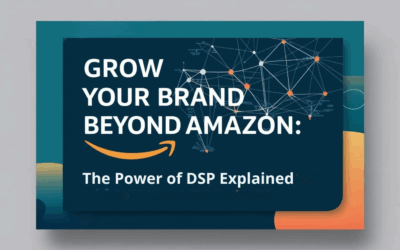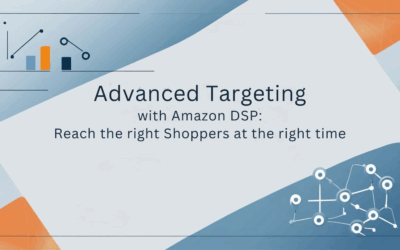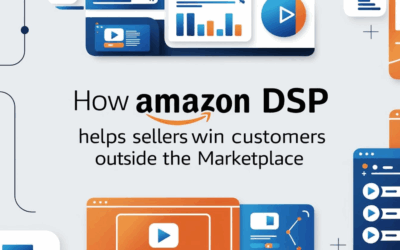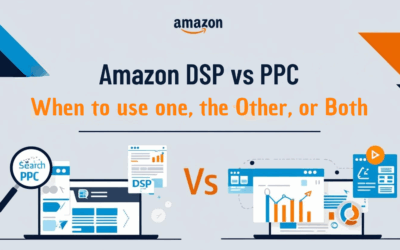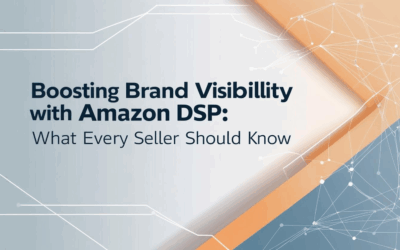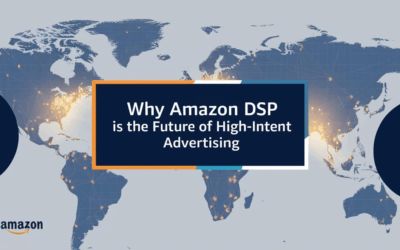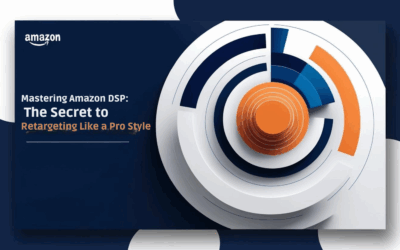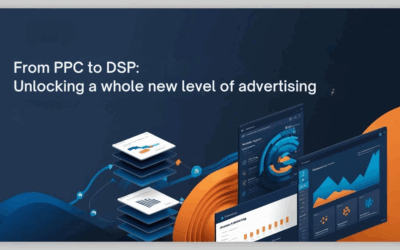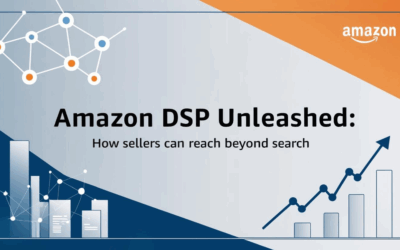Unlocking New Profit Channels: A Seller’s Guide to Amazon DSP
Segment and Target High-Intent Audiences
First, it’s crucial to pinpoint who’s most likely to buy. Use your Amazon Marketing Cloud data to find repeat purchasers, high spenders, and cart abandoners. Then layer in third-party demographic signals—like age
Grow Your Brand Beyond Amazon: The Power of DSP Explained
1. Integrate DSP with Your Existing Marketing Stack
To make DSP work for you, treat it as an extension of your current PPC and analytics setup. Start by aligning budgets and frequency caps across Sponsored Ads and DSP so you avoid overlapping audiences or
Advanced Targeting with Amazon DSP: Reach the Right Shoppers at the Right Time
1. Build and Layer Custom Audience Segments
Start by gathering your first-party data: past buyers, email subscribers, high-value customers, and cart abandoners. Import these lists into DSP as custom segments, then layer on Amazon’s in-market or lifestyle
How Amazon DSP Helps Sellers Win Customers Outside the Marketplace
Leverage Audience Segmentation with Shopper Insights
Amazon DSP’s biggest advantage is its access to first-party shopping behavior. To make the most of this, start by defining your top audience segments: frequent buyers of related products, in-market shoppers
Amazon DSP vs. PPC: When to Use One, the Other, or Both
1. Align Campaign Objectives with Platform Strengths
Before you spend a single pound, pinpoint what you want to achieve. If your goal is rapid sales from high‐intent shoppers, PPC is your go-to—bid on exact and phrase match keywords to capture people actively
Boosting Brand Visibility with Amazon DSP: What Every Seller Should Know
1. Architect a Full-Funnel Audience Strategy That Mirrors the Shopper Journey
Start broad with lifestyle and in-market segments to build awareness off-Amazon. Narrow to mid-funnel “product viewers” and “brand viewers,” then zero in on cart abandoners or ASIN retargeting pools. Use exclusion
Why Amazon DSP is the Future of High-Intent Advertising
1. Build Precision Audiences by Layering Retail and Behavioral Signals
Start by carving your shoppers into three tiers. Tier 1 is remarketing—people who’ve viewed, carted, or purchased your ASINs in the past 30 days. Craft urgency-based creatives to convert fence-sitters or upsell
Mastering Amazon DSP: The Secret to Retargeting Like a Pro
Segment Audiences by Depth of Engagement, Not Just Page Views
Most brands retarget every visitor the same way, but engagement levels vary wildly. Someone who added your product to cart yesterday is far warmer than someone who glanced at a single image three weeks ago.
From PPC to DSP: Unlocking a Whole New Level of Advertising
Design Audience Architecture: Building Segments That Outperform
PPC waits for shoppers to type a query; DSP decides who should see your ad before that moment. Group audiences into three clusters—prospecting, retargeting, and loyalty. Prospecting could be “wellness
Amazon DSP Unleashed: How Sellers Can Reach Beyond Search
Integrate DSP with Sponsored Ads for Full-Funnel Synergy
Treat DSP impressions as the storyteller and Sponsored Ads as the closer. Use Amazon Attribution or Marketing Cloud to see how many purchases start with a display or video view and finish with a search click. Exclude shoppers who’ve just clicked your Sponsored


